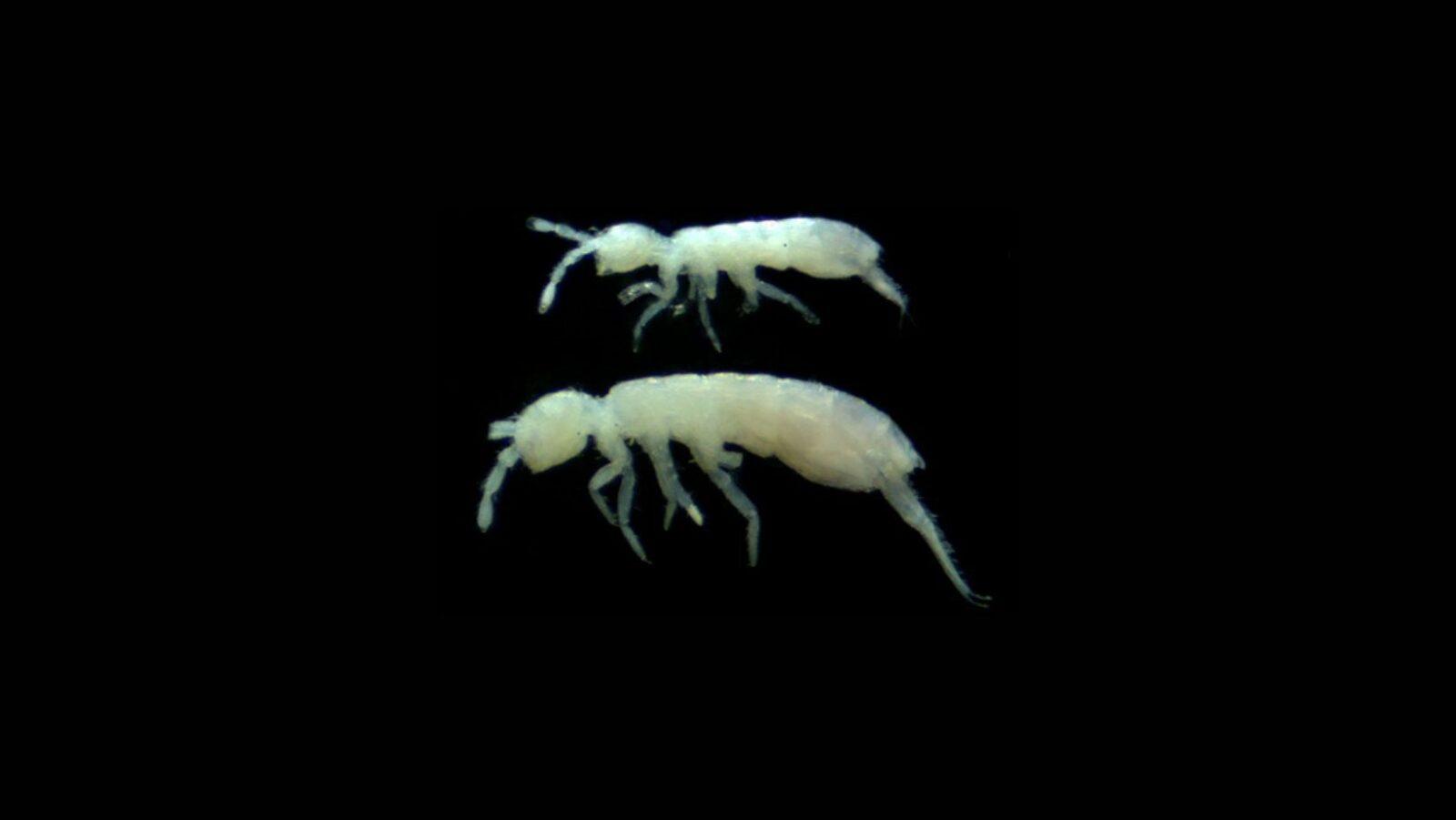FlipFact of the Day: Invertebrates such as spiders have an open circulatory system, which means that the oxygen-carrying fluid running through it is in contact with its muscles and its other internal fluids. This blood analogue is called hemolymph, and instead of the iron-carrying hemogoblin that we find in our blood, it has hemocyanin, a copper-based protein that, when oxygenated, turns bluish-green in color.
Do you feel like you have an almost irrational fear of spiders? Read this to learn a possible reason why spiders make your danger senses tingle: https://
Today’s Science History Milestone: On July 5, 1687, Sir Isaac Newton published the Principia (or the Philosophiæ Naturalis Principia Mathematica), which contained his laws of motion and law of gravitation. Many consider it to be one of the most important works in science history.
Still remember your 5th-grade science classes? Test your knowledge and see if you still remember these facts and fundamental concepts in human anatomy, biology, botany, and other branches of science. Click here to try the “Are You Smarter Than A Pinoy Fifth-Grader” Challenge.
Follow the hashtag #FlipFacts on Facebook and Instagram to get your daily dose of science trivia!
Image: Jurgen Otto
References
- https://www.flipscience.ph/health/fear-spiders-genetic-trait/
- http://www.explorit.org/science/spider.html
- https://www.acs.org/content/dam/acsorg/education/resources/highschool/chemmatters/issues/best-of-chemmatters/sample-lesson-plan-the-many-colors-of-blood.pdf
Author: Mikael Angelo Francisco
Bitten by the science writing bug, Mikael has years of writing and editorial experience under his belt. As the editor-in-chief of FlipScience, Mikael has sworn to help make science more fun and interesting for geeky readers and casual audiences alike.







